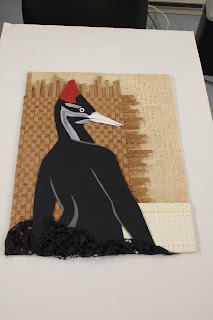LIZ MAGOR
HABITUDEEXAMINING THE HUMAN CONDITION THROUGH MATERIAL
June 22 - September 6, 2016
The Montreal Museum of Contemporary Art - Musée d’art contemporain de Montréal (MAC) - is presenting the work of the Canadian artists Liz Magor. There are 75 of her works on view, spanning 40 years of her artistic output. This is a non-chronological display. The pieces are arranged thematically, which allows the viewer to see the major recurring themes that span through her artistic career, as well as the emotional range and materials explored by the artist. This is the largest exhibition of Liz Magor's work ever presented to the public.
John Zeppetelli, the MAC's Director and Chief Curator, observed that the works on view illustrate the scope of a practice the concerns of which “include interior psychological states of addiction and desire, of compulsion and consumption as well as ... how meaning is constructed through material forms and objects.”
In many of her sculptural installations Magor uses found objects, discarded items from a dumpster, to underline the material preoccupations of our times. There is a dichotomy present: the objects people create lead to progress, but the object's use-and-discard nature marginalizes human beings who produced them, leading to dependency and subjugation.
The exhibition presents a comment on human behaviour, and our relationship to things we collectively produce.
Click on images to enlarge them.
Hover your mouse over images for description and credits.
For more information on this exhibition and the MAC museum, visit the museum's website.































